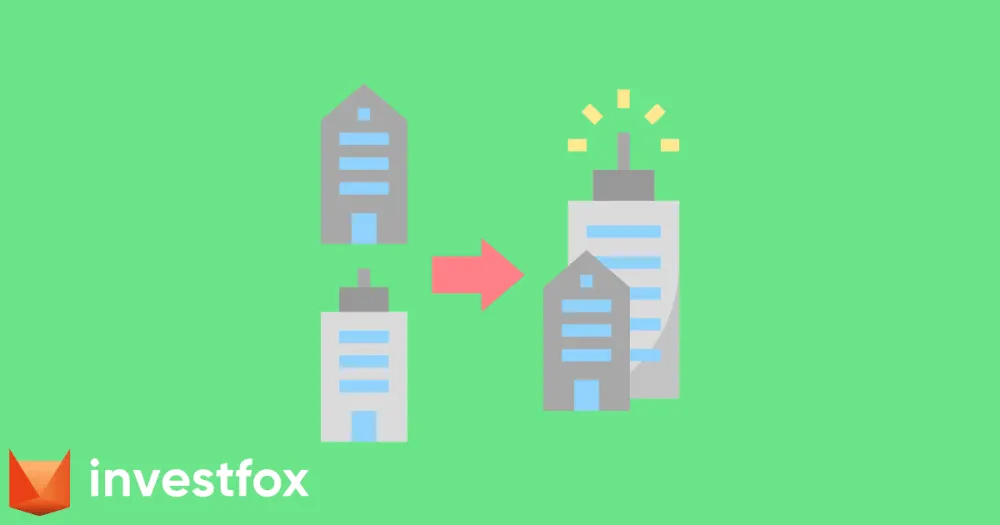Our partner, XM, lets you access a free demo account to apply your knowledge.
No hidden costs, no tricks.

When companies go public on a stock exchange, a direct IPO is the most popular method to do so. However, it is no longer the only possible method available to companies.
Some companies, especially those in the tech sector, can go public by merging with a special purpose acquisition company, or a SPAC.
A SPAC is a blank check company that holds cash on its balance sheet and is designed to merge with a private company to take it public with an additional cushion of cash,
SPACs are very popular among disruptive companies that may lack the capital to fund the ongoing compliance procedures that come with an IPO.
SPACs have been a divisive practice among industry professionals. While proponents pointed out the financial advantages of going public via a SPAC, others were quick to point to the underwhelming performance of the stocks after a SPAC merger.
If you are a beginner stock investor and would like to know more about how SPACs work, this Investfox guide is for you.
SPACs fill a special niche on the market by taking companies public that might not have been able to afford an IPO otherwise.
Many companies that go public via a SPAC are pre-revenues startups, which often causes their stocks to perform poorly after merging with the SPAC.
When a SPAC is fully legally formed, it starts accepting investments from early-stage investors. Once the SPAC closes and the IPO of the SPAC has been a success, more investors can buy into the SPAC and increase its liquidity pool, which will later be used to merge with a private company and absorbed into its balance sheet.
Typically, SPACs have a fixed price before they go through a merger. Most SPACs cost $10 per share prior to the merger.
The capital raised in the SPAC's IPO is placed into a trust account, which is typically held separately from the SPAC's operations
After the SPAC's IPO, it has a limited timeframe, typically around two years, to identify and acquire a private operating company. This target company is often referred to as the "business combination" or "de-SPAC transaction”.
The SPAC's management team, including its sponsors and advisors, actively searches for suitable target companies in specific industries or sectors.
Extensive due diligence is conducted on potential targets to assess their financial health, growth prospects, and alignment with the SPAC's investment goals.

Investing in SPACs comes with its fair share of advantages and disadvantages and investors need to consider these factors to make sure that investing in SPACs is the right course of action for their investment objectives.
Our partner, XM, lets you access a free demo account to apply your knowledge.
No hidden costs, no tricks.
SPACs (Special Purpose Acquisition Companies) raise funds through an IPO and then search for private companies to merge with or acquire. Once a target is found and approved, the private company goes public, using the SPAC's listing, offering investors access to shares in the newly merged entity.
Yes, investing in SPACs carries inherent risks. Success depends on the SPAC's ability to identify a suitable target, negotiate favorable terms, and execute a successful merger. Outcomes can be uncertain, leading to potential losses for investors.
SPAC prices can remain relatively stable, typically around the IPO price of $10 per share, because the funds raised during the IPO are placed in a trust account until a target company is identified. Price fluctuations may occur once a target is announced and as the merger progresses.